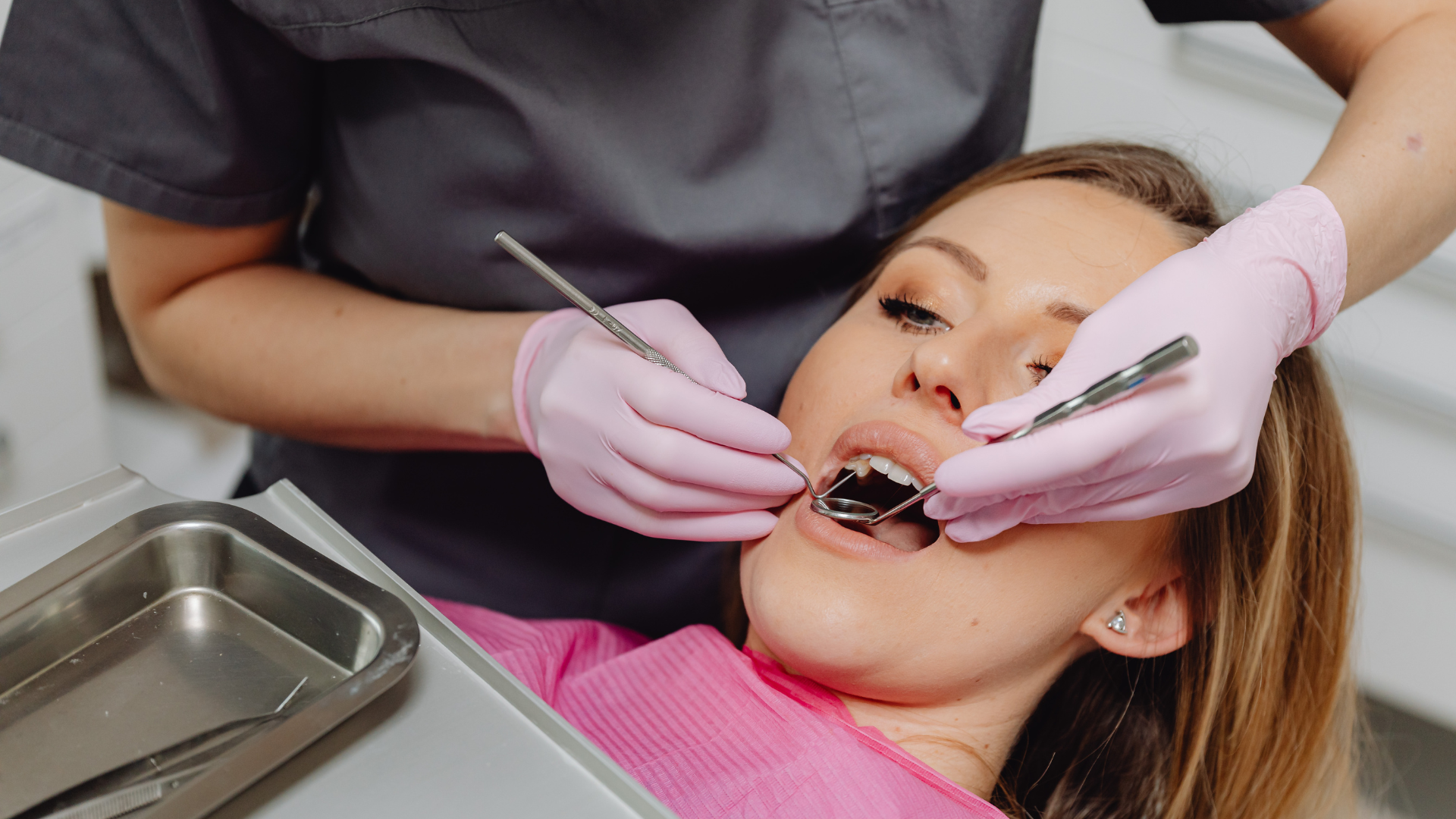Modern Dental X-ray Procedures and Technology
Modern Dental X-ray Procedures and Technology:
Revolutionizing Oral Care
Dental technology has made significant strides in the realm of dental X-rays. The contemporary dental X-ray procedures and technologies have not only enhanced the accuracy of diagnosis but also ensured patient comfort and safety.
In the past, traditional dental X-rays were taken using film-based radiography. Although effective, these films took time to develop, used chemicals for processing, and didn't provide the sharpest image quality.
Enter digital radiography, a game-changer in dental diagnostics. This technology captures X-ray images on a digital sensor, eliminating the need for film. The result? Crisp images that can be viewed instantly, magnified, adjusted for contrast, and easily shared among medical professionals.
Digital imaging in dentistry encompasses a variety of technologies designed to capture and analyze images of the oral cavity for diagnostic and treatment purposes.
Danforth Neighbourhood Dental Centre chooses the most versatile and effective digital imaging technology ensuring the best options are available to patients.
Digital Radiography (DR):
Unlike traditional film-based X-rays, DR uses digital sensors to capture images. These are instantaneously sent to a computer for analysis.
Intraoral Cameras: These are pen-sized devices that allow dentists to capture real-time images of a patient's mouth. These images can be displayed on a monitor for both the patient and dentist to see.
Panoramic X-rays (Panorex): These machines capture a single, flat representation of the entire mouth—teeth, upper and lower jaws, and surrounding structures—in one image.
Cone Beam Computed Tomography (CBCT): This technology produces a 3D image of dental structures, soft tissues, and nerve pathways in a single scan. It's often used for treatment planning in implant dentistry, orthodontics, and endodontics.
Cephalometric Projections: Used primarily by orthodontists, these images provide a side-view X-ray of the face, which helps in assessing jaw alignment and planning orthodontic treatments.
Digital Impressions: Devices that capture direct optical impressions without the need for traditional mold materials. These can then be used to create crowns, bridges, and other dental prosthetics.
Teledentistry Platforms: These tools allow dental professionals to consult with patients or other providers remotely, often integrating with other digital imaging technologies for a comprehensive virtual assessment.
Dental Photography: Specialized digital cameras and lenses are used to capture detailed images of teeth and soft tissues, both for patient records and cosmetic dentistry planning.
Image Management Systems (Dental PACS):
Picture Archiving and Communication Systems specific to dentistry, these software solutions allow for storage, retrieval, presentation, and sharing of digital images.
Digital Tomography:
This is a type of imaging that captures slice images of a particular area of interest, aiding in specific treatments like root canals.
Each of these technologies has brought about significant improvements in the quality of dental care. With high-resolution images, accurate diagnostics, and reduced radiation exposure compared to traditional X-rays, digital imaging technologies are continuously setting new standards in the realm of dental medicine.
Benefits of Modern Dental X-ray Technology:
Enhanced Image Quality:
The high-resolution images produced by modern X-ray machines allow dentists to view teeth, bone structures, and soft tissues with unprecedented clarity. This leads to more accurate diagnoses and better-informed treatment plans.
Safety: The switch to digital radiography has dramatically reduced the amount of radiation patients are exposed to—often by as much as 70-90%. While traditional X-rays were safe when used judiciously, the lowered radiation of digital X-rays offers an even greater safety margin.
Speed: Gone are the days of waiting for films to develop. Digital images appear on a screen within seconds, which is not only convenient for the patient but also expedites the entire examination process.
Environmentally Friendly: Digital X-rays are green. They eliminate the need for film and chemical processing, leading to a reduction in waste and chemical exposure.
Ease of Sharing: If you need to see a specialist or switch dentists, digital X-rays can be sent electronically, ensuring seamless continuity of care.
Advanced Imaging Options: Beyond standard X-rays, newer technologies like Cone Beam Computed Tomography (CBCT) offer three-dimensional imaging. This gives an in-depth view of dental structures, aiding in procedures like dental implants, root canals, and orthodontics.
Conclusion:
The evolution of dental X-ray technology has brought forth a revolution in oral healthcare. Not only do these advancements lead to better diagnostic capabilities, but they also ensure a seamless, efficient, and safer experience for patients.
As technology continues to advance, the world of dental care will follow suit, ensuring that patients receive the best care possible, backed by cutting-edge techniques and equipment. For anyone visiting Danforth Neighbourhood Dental Centre, these modern marvels promise a brighter, healthier smile with every click of the sensor.




